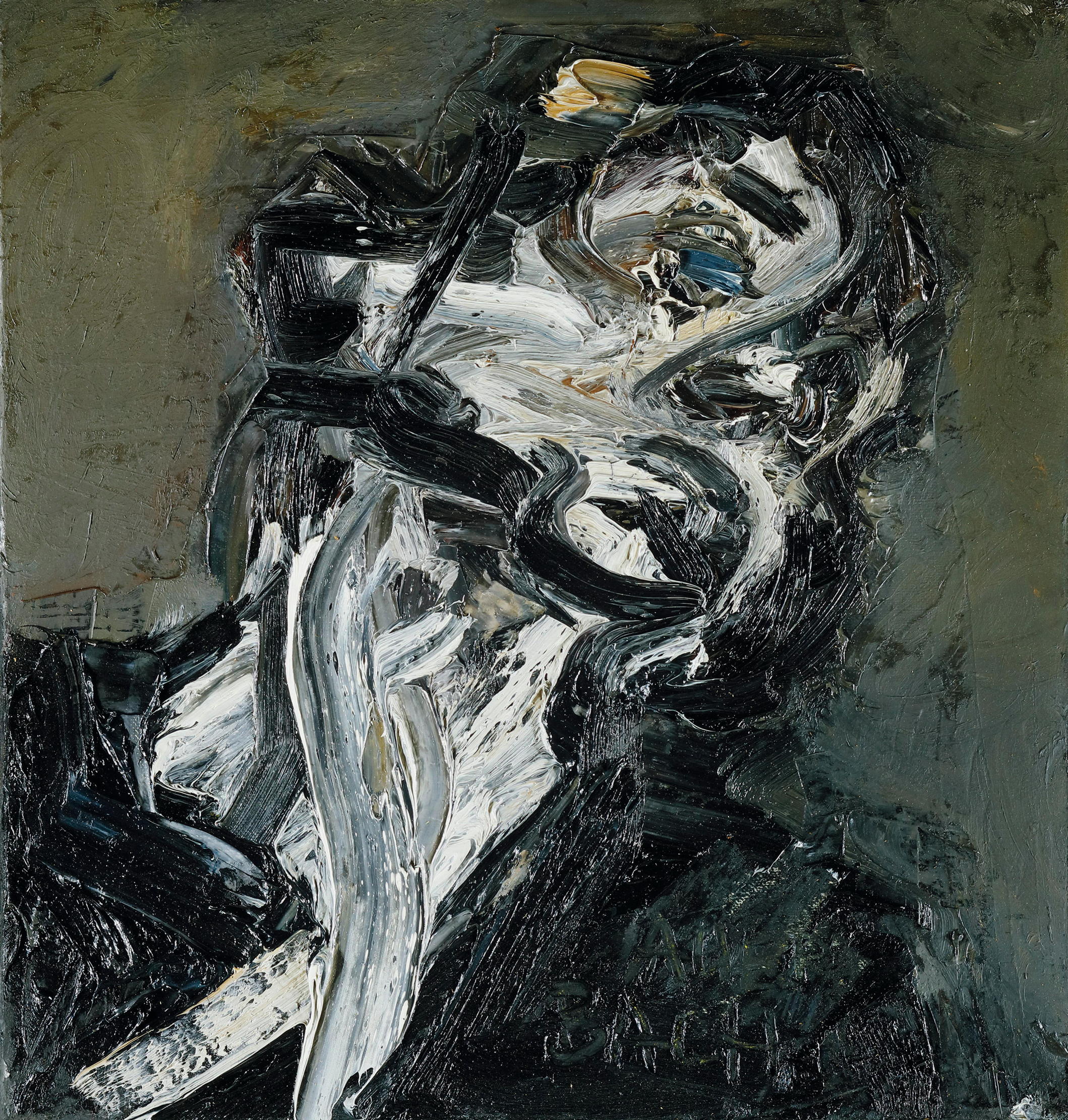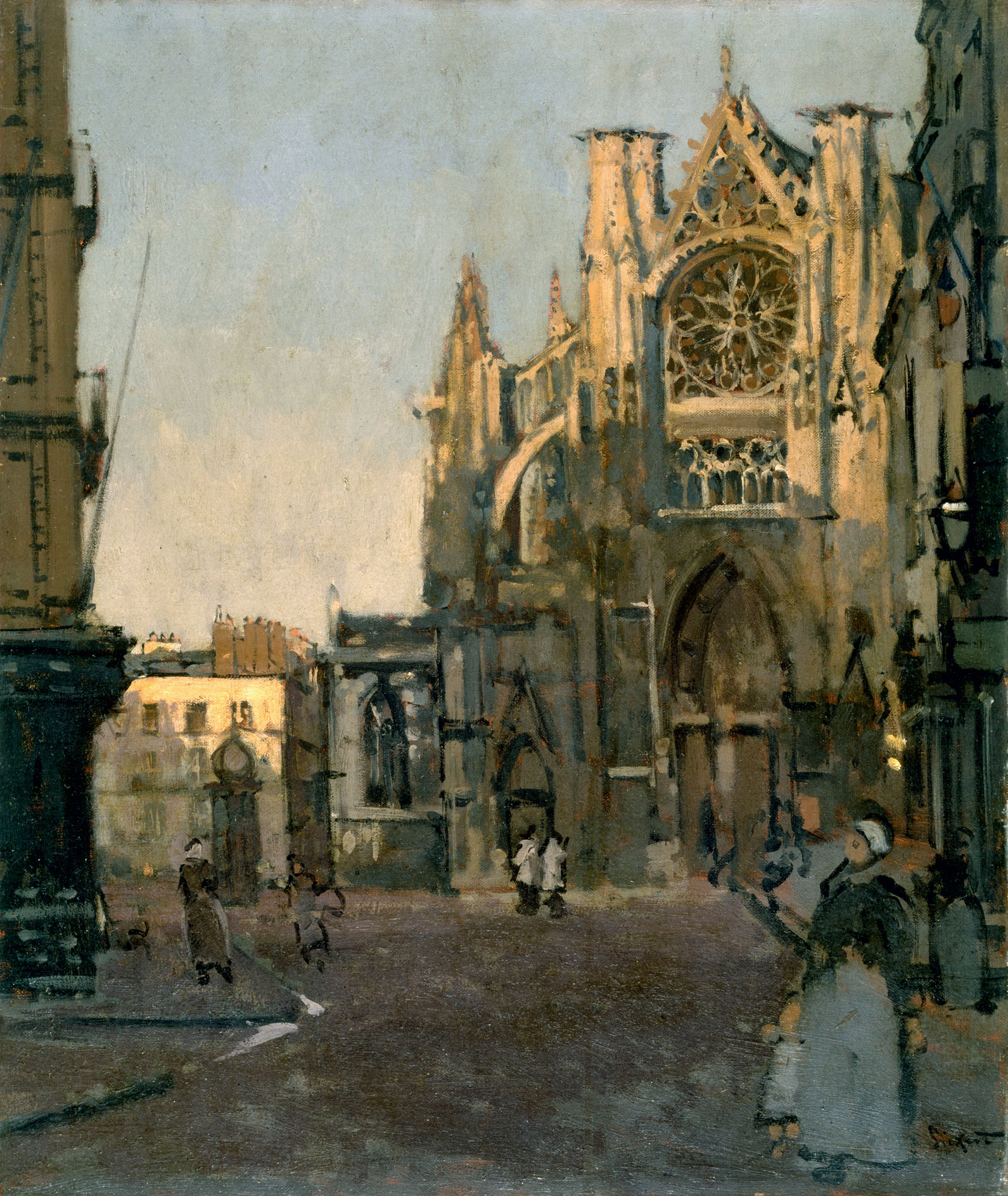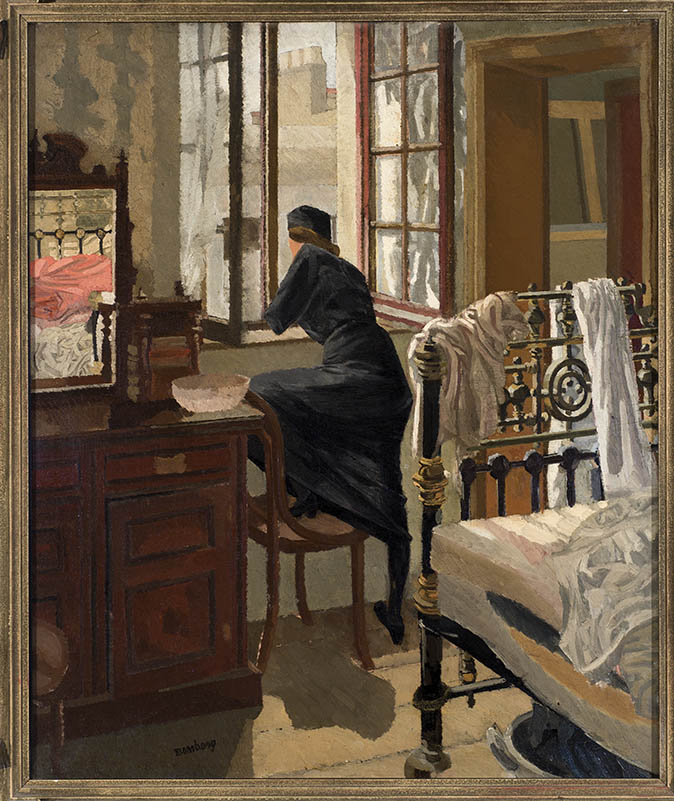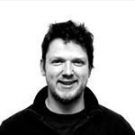'I can’t look away. I’m captivated': The painter who takes years over each portrait, with the only guarantee being that it won't look like the subject
For Country Life's My Favourite Painting slot, the writer Emily Howes chooses a work by a daring and challenging artist: Frank Auerbach.

Emily Howes on 'Head of J.Y.M. II, 1984–1985' by Frank Auerbach
‘I am an Auerbach devotee; I can’t look away. I’m captivated by the slide and shift of the paint. Here, he finds something essential about the quality of the human experience.
'The portrait is thick with feeling; something in his relationship with paint itself, to its viscosity and its sensuality, expresses a melancholy that catches me. He said painting is the most marvellous activity humans have invented and I can feel that marvelling in every brushstroke.
'He is so alive as a painter and it works as all brilliant art does at the glorious meeting place of what lies inside us and what we perceive beyond ourselves. I love paintings that tell me a story or show me beauty, but when I look at Auerbach, I feel.’
Emily Howes is the award-winning author of The Painter’s Daughters (Phoenix)

Charlotte Mullins on Auerbach and 'Head of J.Y.M. II, 1984–1985'
Sitting for Frank Auerbach is not something lightly undertaken. Few people have been invited to pose for him in his studio in Camden, north London, and those that have must turn up week in, week out. A single painting can take years to complete and the result will not be a material likeness. Instead, Auerbach uses the structure and form of a head as the armature for his paint.
He was born in Berlin in 1931, but was sent to England in 1939 (his parents subsequently died in the Holocaust). Aged 16, he moved to London to study art under David Bomberg at St Martin’s School of Art, where he met Leon Kossoff. They both attended the Royal College of Art and encountered Lucian Freud shortly afterwards. Auerbach was part of the generation later dubbed the School of London (although he never felt any connection to the label).
His early paintings are encrusted with thick impasto, but, by the time this work was made, he had developed a new technique. At the end of each sitting, if the painting hadn’t resolved itself, he would scrape it off and start again next time. This head is of Juliet Yardley Mills, a professional artist’s model who sat for him from 1963 to 1997 — there are more than 70 studies of her. Auerbach’s assertive brushstrokes follow the twist of her neck, the line of her jaw, the bridge of her nose. However, the painting sits on the border between figuration and abstraction, a tumble of surface brushstrokes that simultaneously conjures a solid head.
Exquisite houses, the beauty of Nature, and how to get the most from your life, straight to your inbox.

In Focus: Walter Sickert, the artist who dragged Modern Art into Victorian Britain
Walter Sickert introduced Victorian Britain to Modern art, yet is best known for his drab-toned nudes on iron bedsteads. Mary

In Focus: Bomberg, the trailblazer who led the way for modern British art but died an impoverished war veteran
Coinciding with the sixtieth anniversary of the artist’s death, the touring exhibition of David Bomberg’s work is entering its final
Toby Keel is Country Life's Digital Director, and has been running the website and social media channels since 2016. A former sports journalist, he writes about property, cars, lifestyle, travel, nature.

